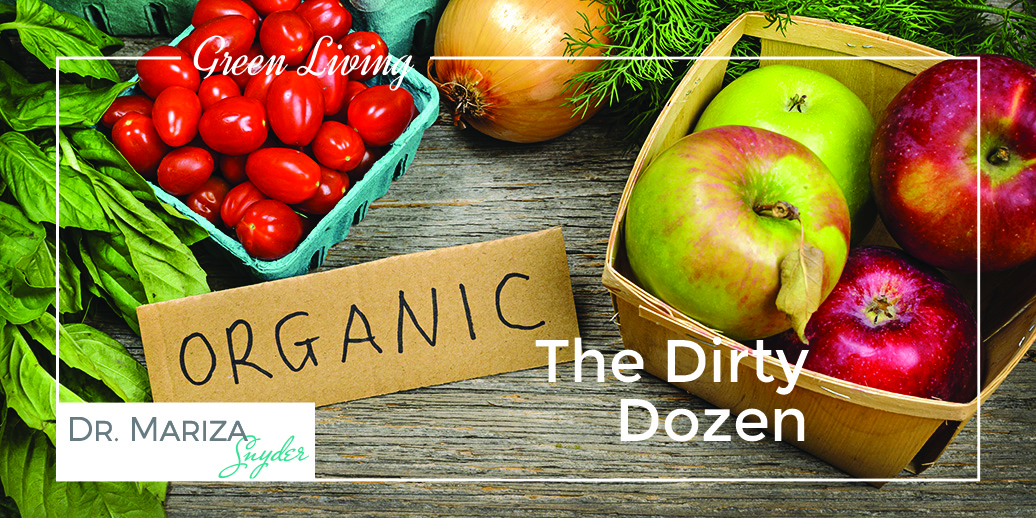
We all want to be as healthy as we can be and we believe in eating natural, organic foods that are free from pesticides and other harmful chemicals. But we also have family preferences and budgets to consider as we do our grocery shopping. For most of us, it isn’t realistic to think that we will pick up every single item in our shopping cart from the Organic Foods section as we aim to get our 3-5 servings per day of fruits and vegetables.
Some produce is riskier than others in relation to pesticides. Fruits and vegetables with the most porous of skin are likely to absorb more unnatural chemicals which cannot always be washed off. In fact, the USDA has found over 145 different pesticides on fruits and vegetables, many of which still remain even when the produce is washed—and sometimes even when peeled!
Which Items to “Buy Organic”
Several items (a dozen, and some bonuses!) should be the highest priority when making out a “Buy Organic” shopping list, particularly if you plan to consume your fruits and veggies without cooking them.
First, let’s look at the Dirty Dozen list:
Filled with nutrients and packed with Vitamin C, strawberries are healthy summery fruits that provide fiber and other important nutrients the body needs. However, because of their porous skin and the fact that they aren’t peeled when eaten, they can be filled with up to 17 different pesticides.
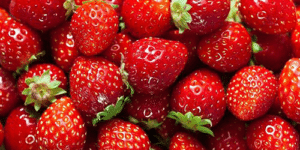
Keeping the doctor away with your apple a day only works if they are free from pesticides! In fact, 99% of apple samples tested by EWG contain at least one pesticide. But as apples are rich in fiber, antioxidants, and flavonoids, they can be excellent in reducing the risk of developing many common diseases. But make sure to buy organic to take full advantage of this healthy fruit.
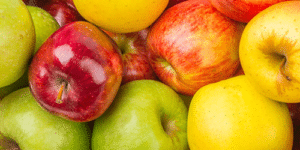
High in beta-carotene and low in calories, nectarines offer vitamins and minerals in their juicy flesh. However, it has been found that 97% of nectarines have at least one pesticide in samples. While peeling the fruit may help remove some pesticides, buying organic is best.
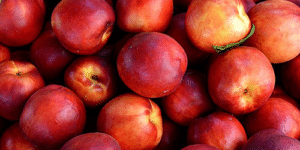
This fuzzy fruit, closely related to the nectarine, also is a culprit of testing highly for pesticides. The peach is filled with fiber, calcium, potassium, and other nutrients but its porous skin may allow them to absorb into the flesh of the fruit itself.
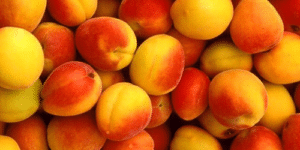
Made up mostly of water and fiber, celery is a tasty snack food that is low in calories but may be high in pesticides. The USDA found up to 64 pesticide residues on this food that is great for your digestive system, so buying organic is the best way to go.
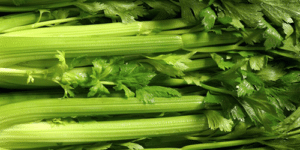
Easy to eat and good for you too! Grapes are filled with polyphenols that may be helpful in preventing or slowing cancer. However, since grapes can show up to 15 different pesticides in a single sample and they are hard to peel, it’s best to play it safe where grapes are concerned. This also means that you should consider buying wine that is made from organic grapes as well.

These tasty summer fruits are great for your body in fighting against belly fat, helping with insomnia, and even relieving pain. However, cherries moved up from #15 last year to the Dirty Dozen this year, and washing them doesn’t seem to get all of the residue off.
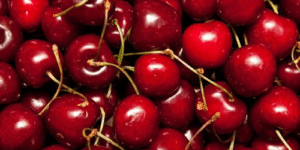
Leafy greens like spinach are so full of vitamins and offer a power-packed punch to your health. Popeye would agree! But they are also really difficult to wash carefully and may have many residues and toxins lurking about without your knowledge.
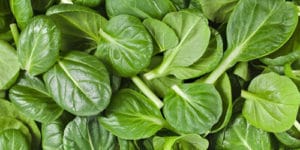
Filled with Vitamins C, A, & K, as well as fiber and other needed nutrients including lycopene, tomatoes provide a healthy addition to your diet. However, eating organic tomatoes may not only give you less pesticides, but may also offer more nutrients as organic tomatoes are often allowed to ripen more naturally which gives them higher levels of antioxidants.

Finding up to 15 different pesticides in a single sample of sweet bell peppers, this is one of the vegetables you want to put on your list for buying organic.

Right up there with its cousin, the regular tomato, cherry tomatoes contain high amounts of pesticides and they’re almost impossible to peel or wash thoroughly.

Another filling snack that’s super low in calories, most of the nutrition in a cucumber exists in the dark green skin. But that’s also where the pesticides sit, so peeling a cucumber makes it significantly less healthy. Instead, buy organic and get the most nutrition possible from this high-fiber, high-water content friend.
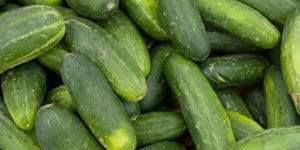
Dis-Honorable Mention:
When considering all of the qualifications of the Dirty Dozen, these two don’t really fit the bill of high concentrations and high numbers of different insecticides. However, they are worth mentioning because of the particular insecticides that are used.
- Hot Peppers – don’t meet traditional standards but do contain pesticides which are known to be toxic to humans
- Leafy Greens (Kale/Collard Greens) — laced with insecticides that are particularly toxic
Notable from Last Year’s Dirty Dozen List:
Although these two got bumped from the list this year, they are still worth noting because of their high numbers and concentrations of pesticides.
- Snap Peas (from last year) — up to 13 different pesticides in a single sample
- Potatoes (from last year) – average potato has more pesticides by weight than any other produce
Dirty Dozen Qualification Criteria
Now, let’s talk about why these particular items are on the list:
This list is compiled by EWG (Environmental Working Group) based upon information collected by the USDA Pesticide Data Program.
Items that make the Dirty Dozen list are placed there based on several different reasons.
Criteria for EWG’s list include the percent of samples with detectable pesticides; percent of samples with at least two pesticides detected; average amount of pesticides measured; average number of pesticides detected; single sample with highest number of pesticides; and total number of pesticides found.
If you can’t afford to buy some foods from the organic section, then be sure to cook them. Particularly hot peppers and leafy greens, as the amount of pesticides may diminish during cooking. Children have a particular sensitivity to toxicity, much more than adults, so if you are the parent of a young child, it’s that much more important that you do what you can to buy organic and avoid pesticides. All in all, the more items on this list that you can buy from organic section, the healthier you and your family will be!

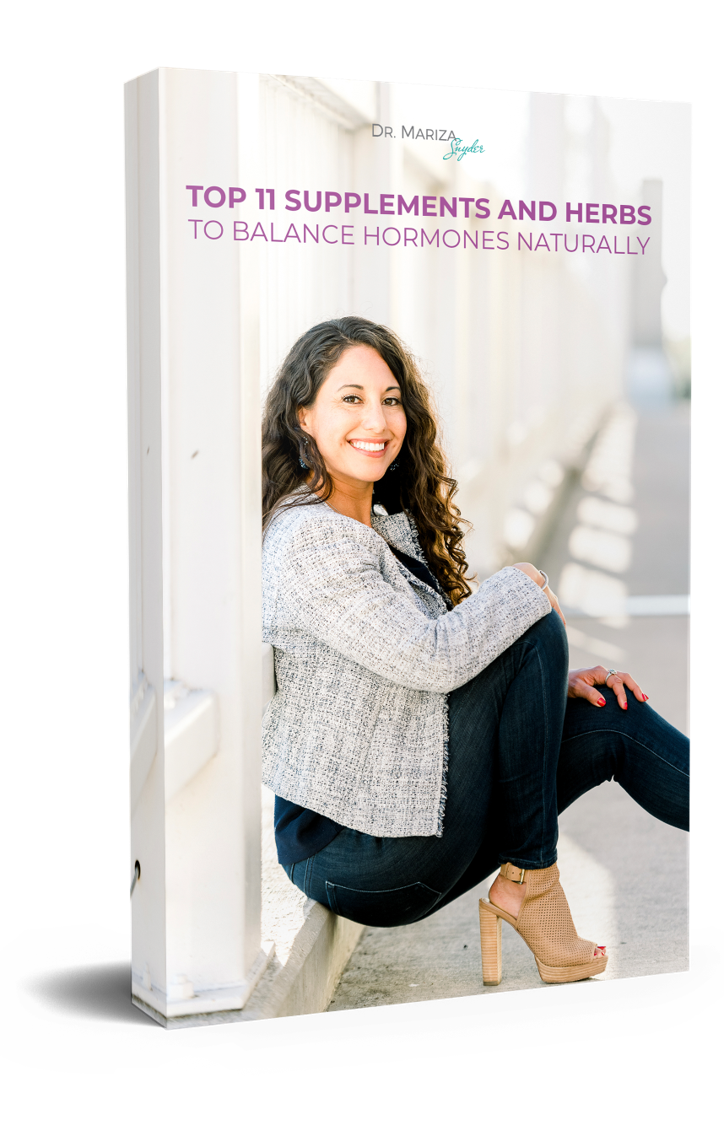
This is so scary and a catch twenty two if you will. You’re told to eat your fruits and vegetables to wash your fruit and veggies when you get home. And Joe what we eat might be wrong. No wonder folks get so frustrated and confused and to what’s right and wrong. One minute it’s ok then the next it’s not. I have watched shows diving into the science of washing pre washed vegetables or greens. Studies have shown not to wash them again. I mean I am doing the very best I can to be healthy and get rid of this perimenopause weight I have put on. It’s very unsettling when I read things that show what’s healthy like God given foods is not good to eat.